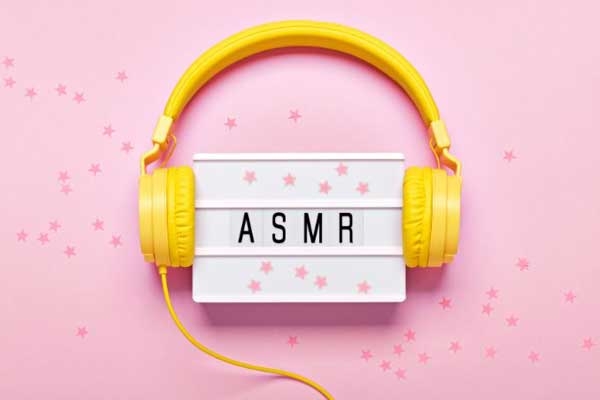
(Image source from: Canva.com)
The Internet is a treasure trove of strange trends. Autonomous Sensory Meridian Response (ASMR) is one such trend that has become a global phenomenon, with millions of views on full-length videos condensed into bite-sized pieces in an easy-to-consume format. ASMR is a mild tingling sensation in the scalp, neck and back caused by certain stimuli. It may sound strange, but its growing popularity calls for a deeper look into this unique subculture. ASMR encompasses a variety of visual, auditory, physical and tactile media. Popular stimuli include breaking makeup, shredding paper, playing with quicksand, and grating cheese. The possibilities are endless. Nishtha Khurana, consultant psychologist at Lissun, describes ASMR as a combination of excitement and relaxation. Some people describe it as a tingling, trembling, or vibration that moves through the head, neck, and spine. This is followed by a feeling of happiness, relaxation and tiredness.
ASMR activates the parasympathetic nervous system, which is responsible for relaxation and relaxation. It lowers heart rate, increases relaxation, and can mimic parental behaviors like softly speaking and gentle stroking. ASMR releases endorphins and oxytocin, which can contribute to feelings of happiness, connection, and comfort. ASMR often imitates soft talking, stroking, or gentle movements that convey the feeling of being cared for. ASMR has gained popularity in recent years due to its social nature. Online platforms like YouTube and social media have created supportive spaces where creators and viewers can share their experiences and discuss their favorite triggers. This inclusivity helps people feel understood, especially those who feel alone in their ASMR experiences.
Many ASMR videos today feature cooking and cleaning, with the sounds of tedka, the rhythmic chopping of vegetables, and the screeching of glassware adding additional comfort and excitement. Recording the gentle sounds of brush strokes and mixing paint gave him a great sense of relaxation and introduced him to the audiovisual genre ASMR. ASMR in India is nearing the peak of its hype cycle, but consistency is crucial for content creators. Some people associate certain sounds, such as humming or humming, with positive emotions that enhance the ASMR experience. For others, these sounds may cause discomfort or may simply be neutral and therefore may not feel the same effect.







